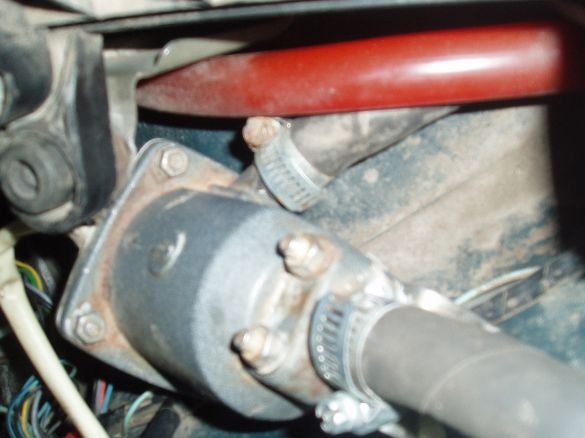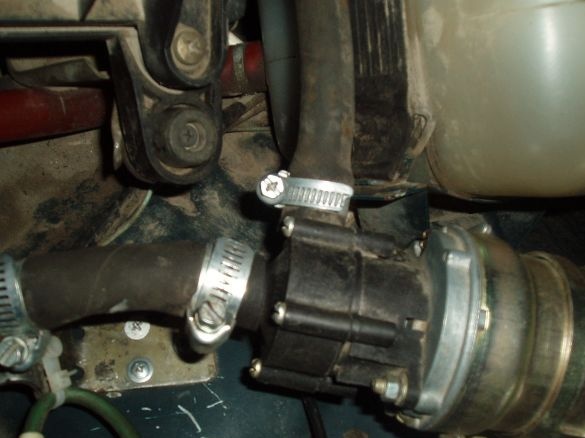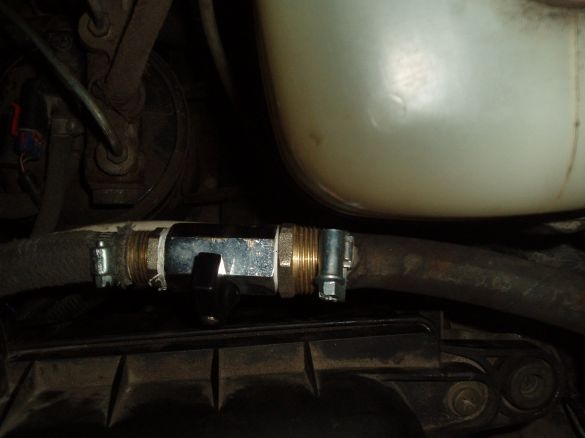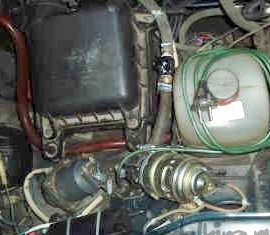
Once again, winter is on the street. I don’t know how you are, and where I live, frosts are under thirty or more. My deepest sympathy is for those who already enjoy the most from dancing with a tambourine in the morning, starting their car in the yard in the cold. But I take pleasure in the fact that .... I do not get such pleasure. Pun however. I’ll tell you why.
In the fall, when I went to the parsing, to look for the front gear for the old Niva, I bought an interesting thing from one man. The starting heater is called. She was lying among a bunch of old spare parts, and the man himself did not know what this thing was, so he gave it to me for 100 rubles.
Nothing was written on the contraption, but when I washed it, I read the inscription that "the power is 1500 watts." Inside the contraption turned out to be TEN, a ball with a spring (apparently a valve) and thermal contact 90 degrees.
I then found a beautiful picture and description of this device on the Internet. It turned out that this thing is Before the Start Heater, it comes from Tyumen, its name is Alliance and they make such things for almost all brands of passenger cars.
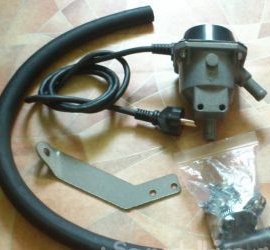
I decided not to postpone it for a long time, but rather to quickly install the gizmo on the car, while there was still no snow on the street, and it was about zero. Due to the fact that I got only a heater, for its installation I needed the following:
1. Actually, the heater itself, cleaned and washed
2. The pump from the Gazelle stove
3. The power supply from a broken laptop
4. Hoses for the stove a \ m Moskvich, 2 pieces of 2 m
5. Half-inch small-sized tap with external thread (dad)
6. Three fittings for a hose of 20 mm with a female thread (mother)
7. Tee 32mm - 32mm - 1 \ 2 inches
8. Worm clamps, automobile, 40, 30, 25 mm
9. 220 V wire with plug
10. Tape FUM sanitary.
11. Silicone Sealant
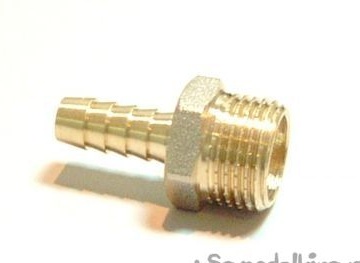
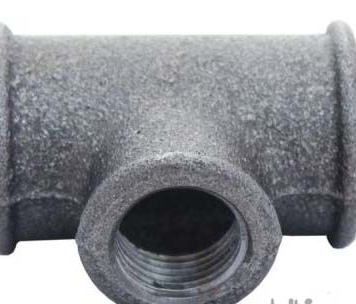
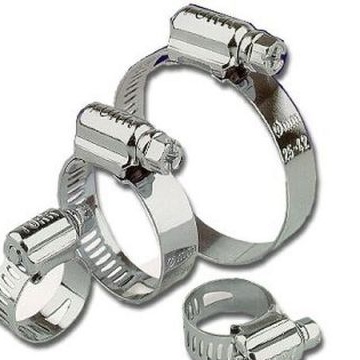
[center]
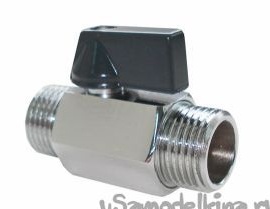
In the process of installing gizmos, I had to suffer a lot. At first, I could not figure out where to get the sidebar for connecting the heater. Then he found a drain plug in the lower part of the block, under the third candle, in the form of a bolt with a head for 17.
[center]
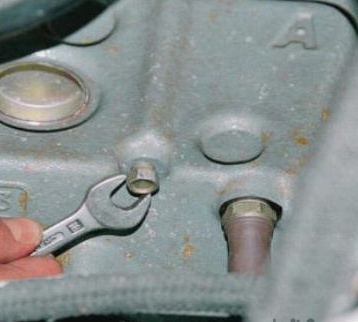
I unscrewed this bolt, merged antifreeze, measured it. It turned out there thread M10 X1. Picked up in the garage among all rubbish a pipe with such a thread. A tube came up for attaching a bulb holder in an old floor lamp. I sawed off the desired piece, put a hose with a hose clamp on it. I screwed the fitting on the sealant into the block directly with the hose.
Installing a tee in the cut of the upper radiator hose was much easier. The tee, fitting, sealant, clamps and FUM tape did an excellent job of this.
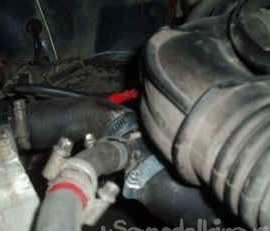
After assembling and checking the system, I decided to fill in the antifreeze and check how it works. Yes, it worked. But I did not like the principle of the heater itself. When you turn on the device, the antifreeze inside the contraption quickly heats up, hisses, expands, and squeezes into the radiator, and the ball valve at the bottom of this device opens and draws in a new portion of the antifreeze from the engine.
The pressure is large, the antifreeze from under the hoses squeezes out, the engine heats up for a long time (more than an hour), no circulation. I thought - I thought and put the pump here from the GAZEL stove, at 12 Volts.
With the pump it became much better, heating the engine to +20 degrees in just 10 minutes. But where to feed this pump? From the battery, in the cold, when there is already a 220V socket nearby - it's stupid, the battery has so little energy, it would be enough to scroll the starter. And then the power supply from the old laptop was added to the system, on 12V 8A. This black box is clearly visible in the next photo.
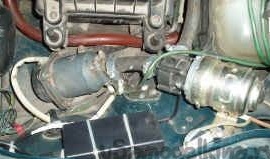
Then, after driving in the cold a couple of days, I added a small water tap, half an inch, dad-dad to the structure.
Due to the fact that the volume of the cooling system has increased and the area of the heated surface, too, this whole structure is heated and takes part of the heat onto itself, which makes the stove run out of heat! Now, when we close the faucet, the antifreeze circulation in the engine and the stove goes as before, according to the old scheme and the heat is not wasted in vain. But there is a silver lining, I think that in the summer, in extreme heat, this will be useful to me.

But now everything is fine. In the evening I arrive from work, I put the car in the garage, I’m going to. I open the faucet, plug the system into a power outlet, close the garage, go home and turn off the garage switch in the lighting panel at home. In the morning I turn on the garage switch in the home guard, and while I finish my tea and get dressed, the machine is ready for work and defense! I go into the garage, pull out the plug, remove the wire, close the tap, ... looking for some.


